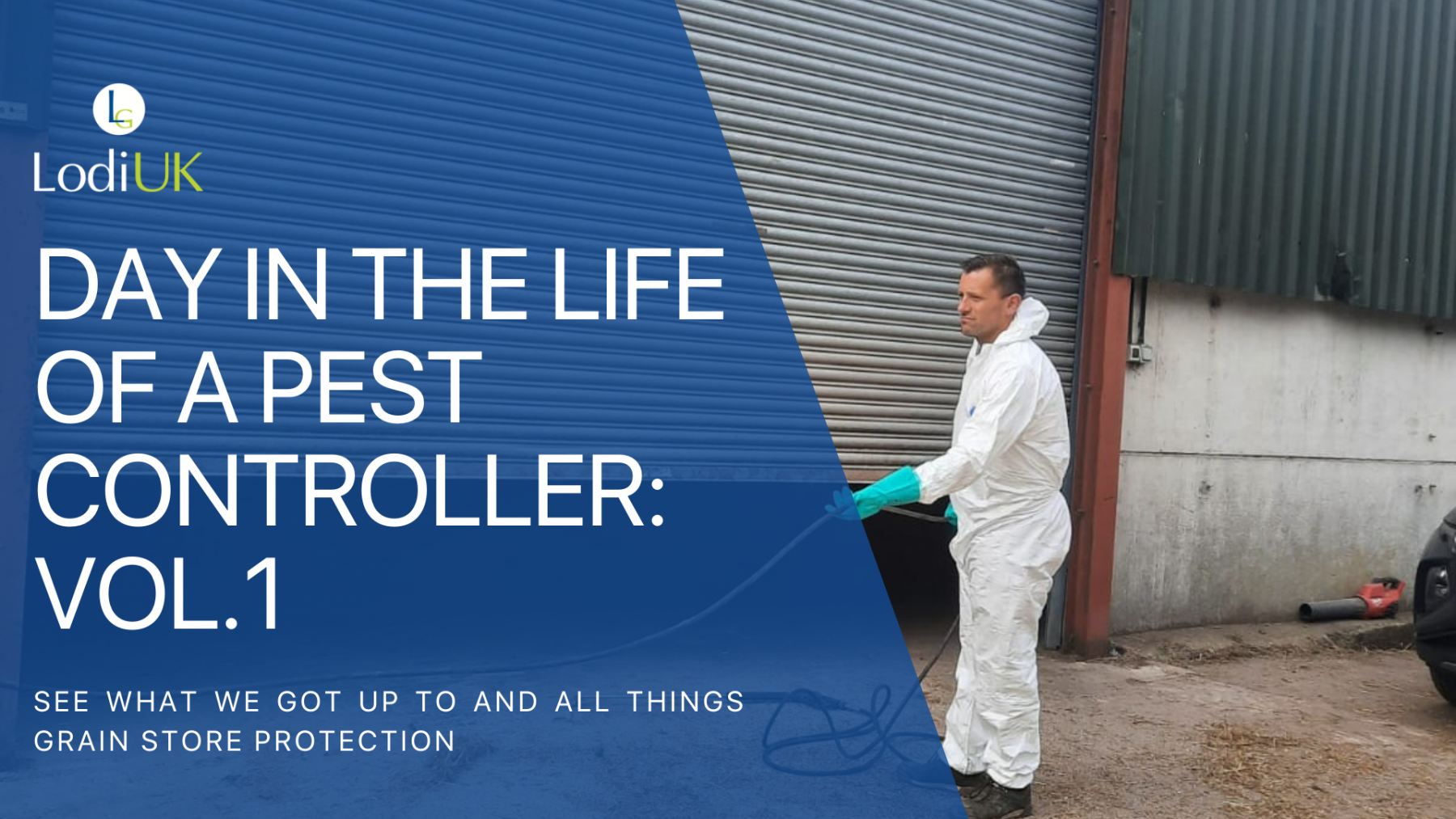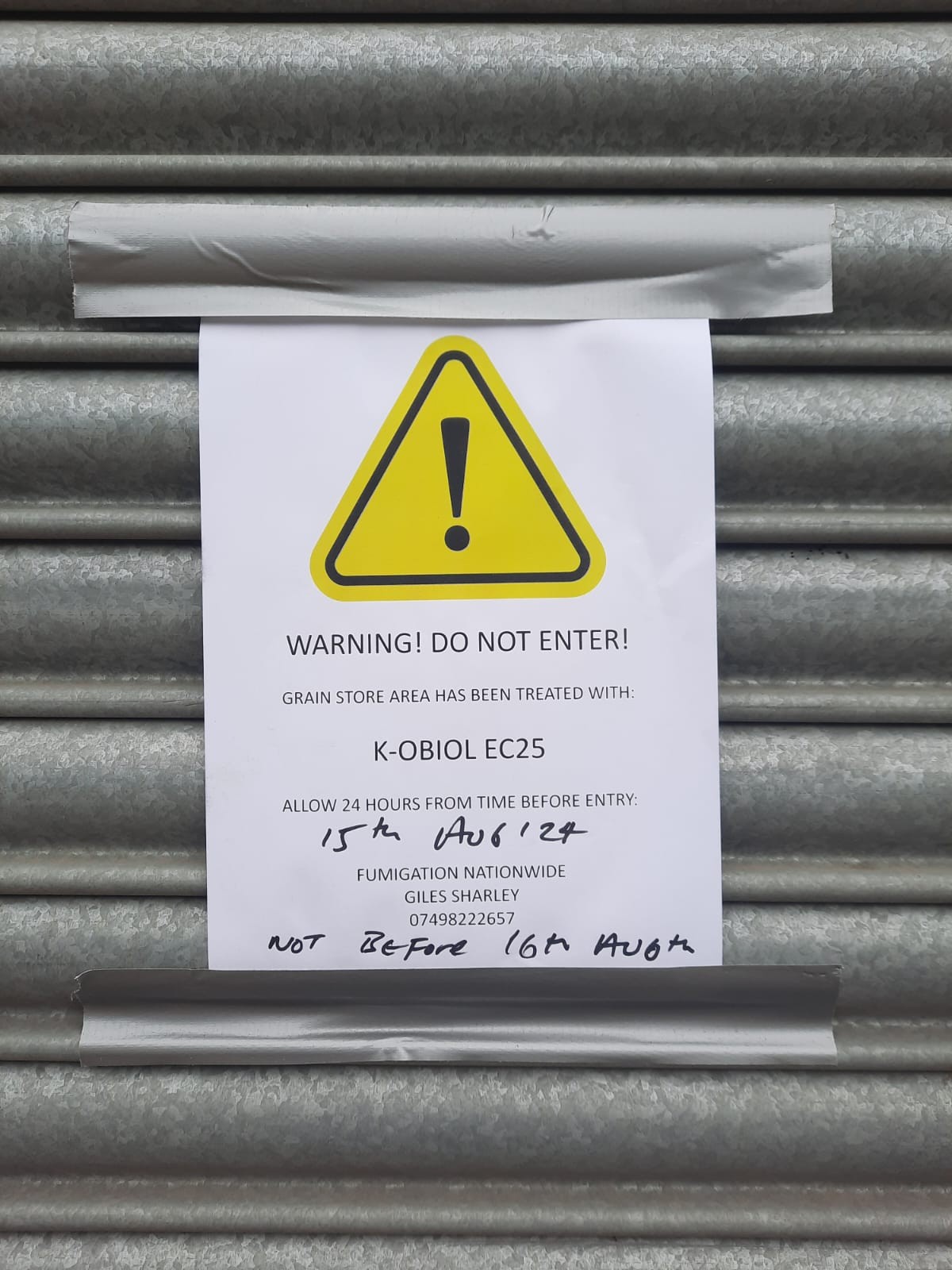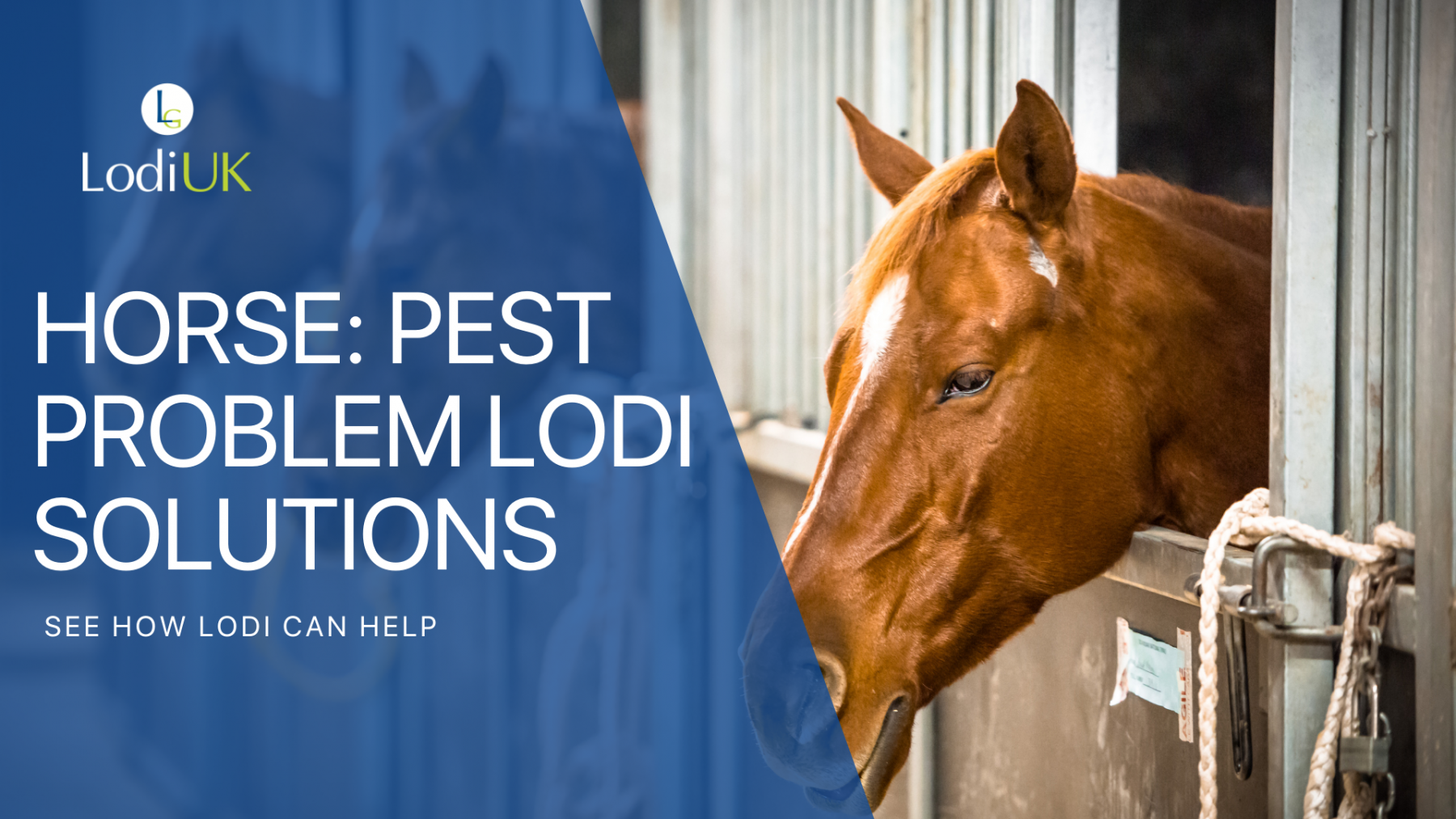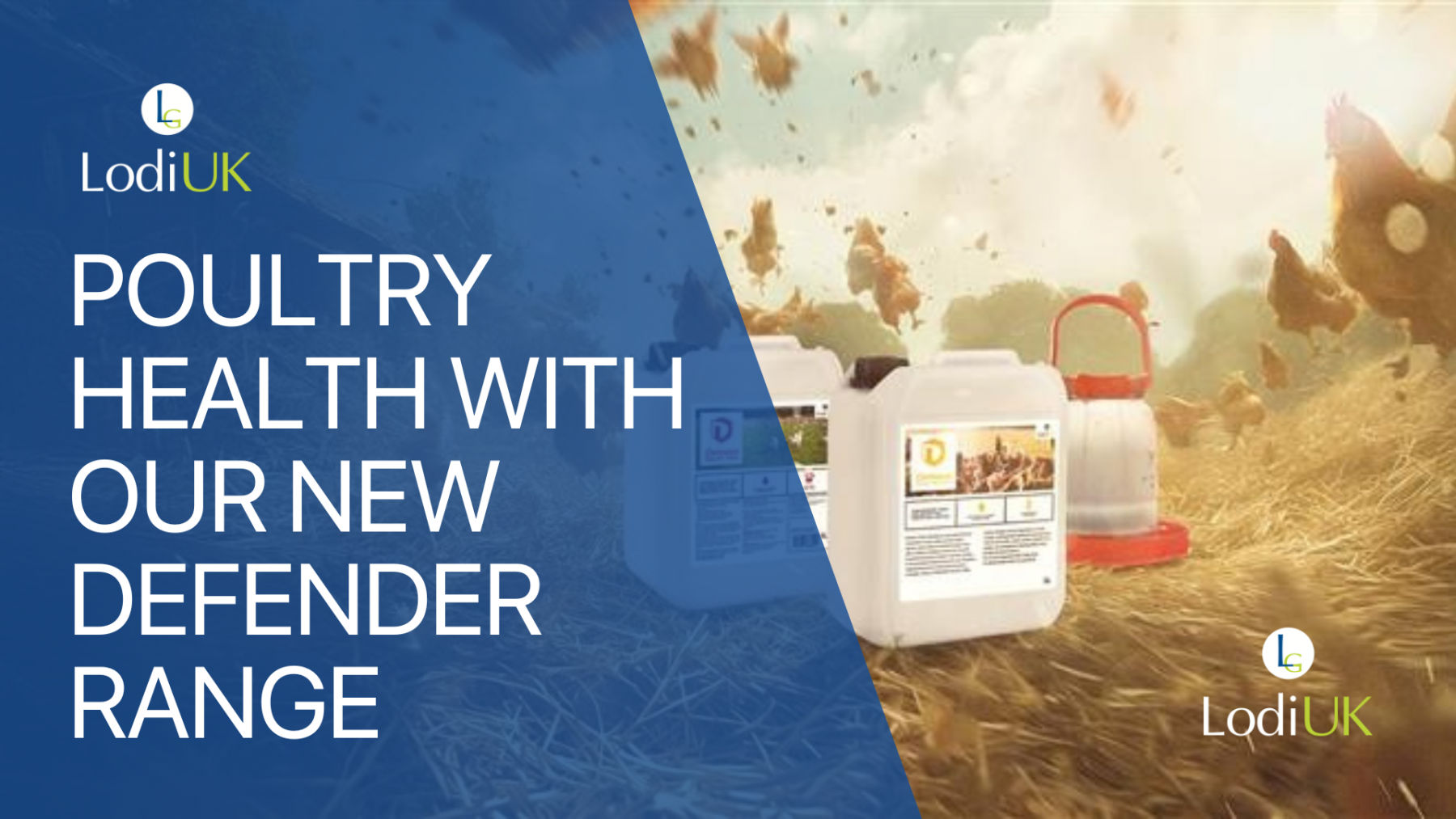
Last year, we spent the day with Giles Sharley “The Bristol Pest Controller” to see firsthand how he tackles one of the biggest challenges facing farmers: grain store protection. Branded as Fumigation Nationwide, Giles and his team travel far and wide to provide grain store fumigation and protection services. Armed with industry-leading products like K-Obiol, Giles walked and talked us through the entire process from preparation to application, ensuring your stored grain remains pest-free and ready for market.
Why Grain Store Protection Matters
Grain storage facilities are a prime target for a variety of insect pests, including saw-toothed grain beetles, grain weevils, red rust flour beetles, and mites. Left unchecked, these pests can contaminate grain, reduce its quality, and cause significant financial losses for farmers. Prevention is always better than cure, which is why professionals like Giles focus on proactive treatments before the grain even enters storage.
Gearing Up for the Job
Pest control isn’t just about applying treatments - it requires careful planning and the right equipment for the job. On the day, we brought along our camera crew to capture each step of the process, and give you a behind the scenes access to a day in the life of a pest controller. Safety first is always a priority, so the full PPE get-up was a must: full-face masks, A2P3 filters, coveralls, gloves and shoe covers ensured Giles and his team could apply treatments safely and effectively.

In terms of the products we used we stuck to our trusty K-obiol. With unrivalled efficacy against the most common insect pests, K-Obiol™ will provide the highest level of protection for grain store facilities and valuable stored grain. Proven to be highly effective, K-Obiol™ is available in two formulations, both provide preventative and curative protection against stored product insects and will prevent damage for up to 12 months.
K-Obiol™ is approved for use on all cereal grains including wheat, barley, maize, rice, oats and triticale and is accepted for use by the Brewing Research International (BRI), the National Association of British and Irish Millers (NABIM) and the Trade Assurance Scheme for Combinable Crops (TASCC).
When applied at its recommended rate, the residue level of K-Obiol™ is four times lower than the Maximum Residue Limit (MRL) for grain (0.25mg/kg). K-Obiol™ is a low odour formulation that has no effect on seed germination; and, as it has no withholding period, any grain treated with the product can be processed straight away.
The Best Conditions to Prevent Infestation
Giles explained that the ideal grain store conditions should be cool and dry with no leaks, as water ingress can cause infestations to develop. If grain is stored at high temperatures, it can create the perfect environment for bugs to thrive. Farmers can install fans to keep grain cool, ensuring better storage conditions all year round.
Spotting Signs of an Infestation
Early detection is key to preventing widespread infestations. When inspecting grain, farmers should look out for:
- Hot spots within the grain
- Grass growing out of the top
- Grain that feels hard when walking across it
These are indicators that pests may already be present and action should be taken immediately.

The Application Process
Giles walked us through his go-to method for protecting empty grain stores using K-Obiol. This treatment is applied as a surface spray to ensure long-lasting protection against grain store pests. Here’s a breakdown of the process:
- Inspection & Preparation: Before applying any treatments, Giles conducted a thorough inspection of the empty store, looking for signs of previous infestations and ensuring the area was clean and dry.
- Applying K-Obiol: Using a high-pressure sprayer mounted on the back of his truck, Giles mixed 1L of K-Obiol with 100L of water. He then used a hose to spray the entire grain store, covering floors, walls, and rafters for maximum protection. (all whilst wearing full PPE and keeping the area locked down)
- Aftercare & Advice: Farmers were then advised to keep the store sealed for 24-48hrs, and to prevent future infestations it’s advised to regularly monitor conditions.
Farmer-Friendly Pest Control Tips
Giles shared some top tips to help farmers keep their grain stores in top condition:
- Keep stores clean – Remove old grain residues and debris before bringing in new stock.
- Monitor regularly – Use insect traps to detect any early signs of infestation.
- Use professional treatments – Applying K-Obiol as a preventative measure can stop infestations before they start.
- Maintain cool storage conditions – Use cold air rather than hot air in the summer heat to prevent insect development.
- Seal entry points – Ensure doors, vents, and cracks are sealed to prevent pest access and water ingress.
Watch the Full Day in Action
If you want to see exactly how a professional pest controller safeguards grain stores, check out our Day in the Life of a Pest Controller Volume 01 video with Giles. Stay tuned for Volume 02 coming soon!
By working with pest professionals like Giles and using trusted products like K-Obiol, farmers can ensure their grain remains pest-free and market-ready. Want to learn more? Contact Lodi UK today for expert advice and industry-leading pest control solutions.
RELATED DOWNLOADS









